Order: Passeriformes. Family: Sturnidae
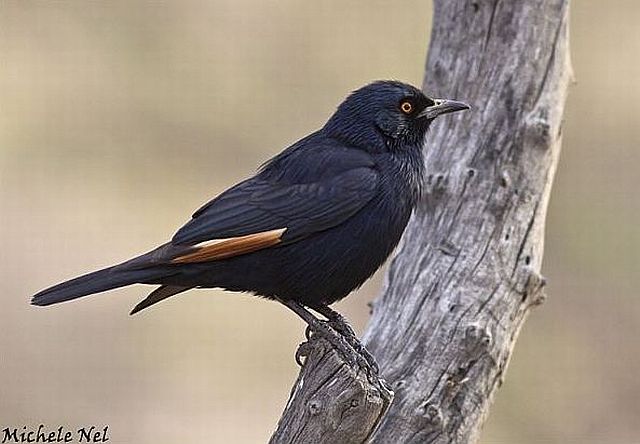
Description
27 cm. A dark starling with orange eyes. Uniformely glossy black plumage. Folded wing shows slightly rufous edges but in flight the pale wing patch is very conspicuous. Black bill and legs.
Sexes similar. Juveniles are less glossy than adults and have a brown eye.
Could be confused with Red-winged Starling, but differs by having a white, not chestnut patch in the primaries. Has a shorter, squarer tail than Red-winged Starling. Note also the paler eye. When at rest, this white patch appears to be orange-edged, not entirely bright chestnut as in the Red-winged.
Distribution
Near-endemic to southern Africa, occurring from southern Angola through Namibia to the Northern, Western and Eastern Cape, marginally extending into the Free State.
Habitat
It generally prefers habitats with rock-strewn hills and valleys, as it is dependant on them for nesting and roosting sites. It generally avoids man-made areas, although it occasionally ventures into cities in search of food.
Diet
Fruit and insects, also aloe nectar. Usually foraging in pairs or small groups. May form flocks with Red-winged Starlings.
Breeding
A monogamous species, pairs stay together several years. Breeds semi-colonialmeaning that a number of breeding pairs may build their nests in close proximity to each other on a cliff. The nest is a cup built of sticks and dry grass, typically wedged in a crevice cleft in a rock, or rarely in building. Breeding season from November to April in Namibia, October to March in South Africa. It lays 2-5 eggs, which are incubated solely by the female for about 20 days. The chicks are fed by both parents, leaving the nest after about 25 days.
Occasionally parasitised by Great Spotted Cuckoo.
Call
Song an extended warbling; take-off call a loud ringing preeoooo. Listen to Bird Call.
Status
Common, near-endemic resident.



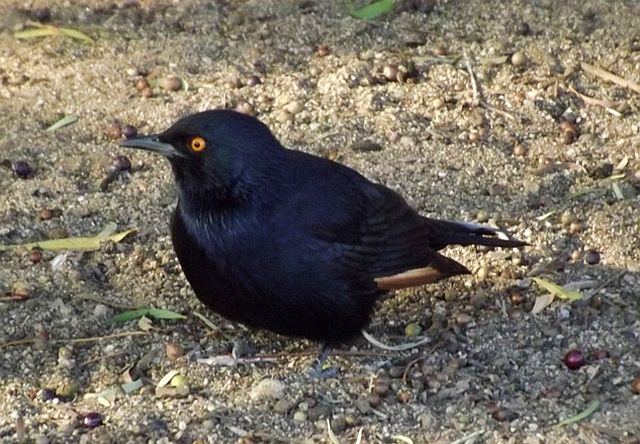 © pooky
© pooky © pooky
© pooky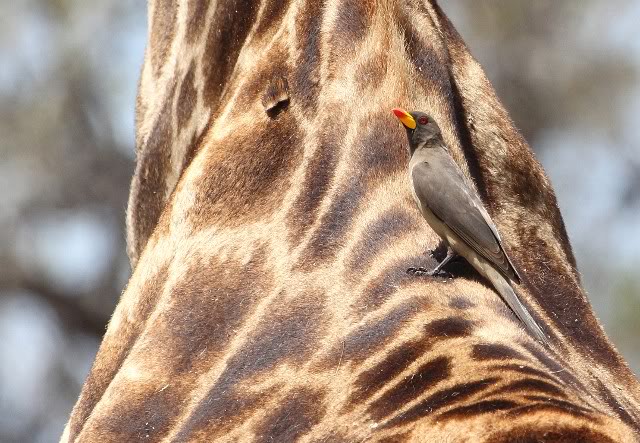
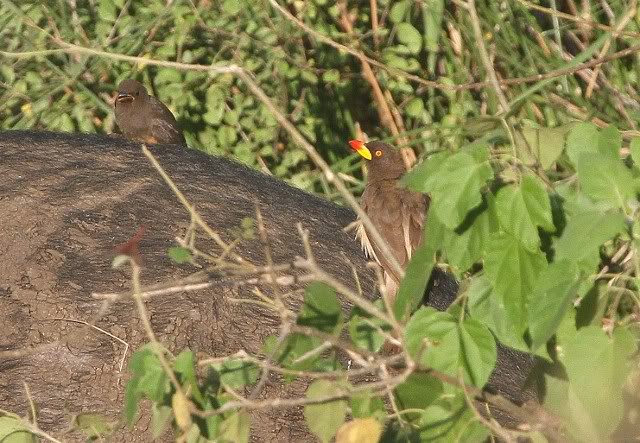
 © leachy
© leachy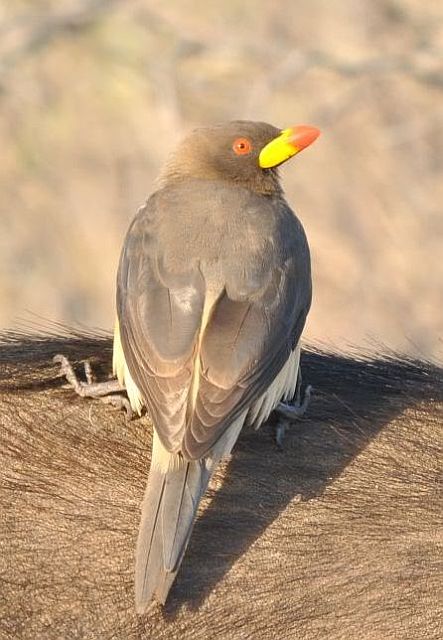 © lowveldboy
© lowveldboy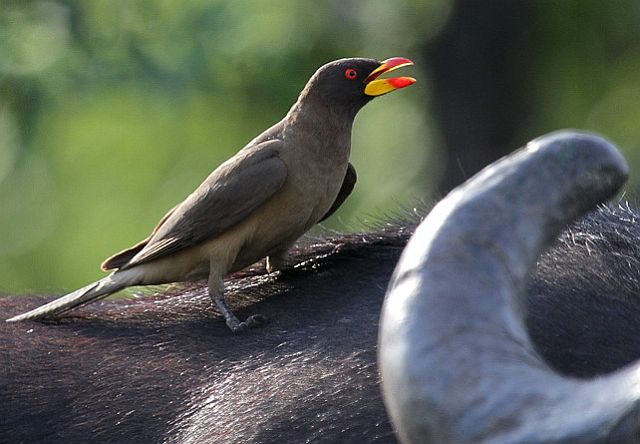 © leachy
© leachy
 © leachy
© leachy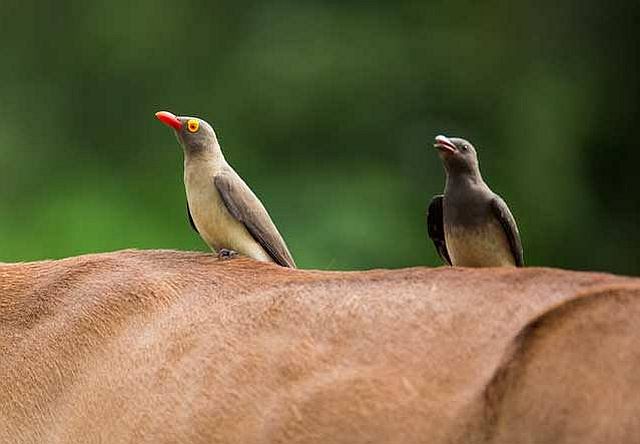 © Pumbaa
© Pumbaa